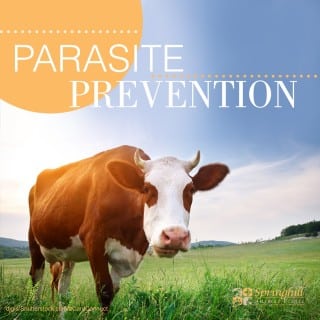You know about cavities, root canals and crowns, but what does that have to do with your pet’s teeth? Quite a bit, actually, since pet teeth are susceptible to many of the same issues as your teeth. Estimates are that 80 percent or more of pets between the ages of one and three have some form of periodontal disease that could benefit from treatment. Although cavities in pet teeth are rare, pets are often afflicted by two forms of gum (periodontal) disease: gingivitis and periodontitis.
Gingivitis is the inflammation of the gums due to the presence of plaque on the teeth. Gingivitis causes the gums to swell and they will often be off-colored, maybe red or purple, instead of a nice, healthy pink shade. You may also notice bleeding from the gums, and your pet’s breath may be worse than normal. Left untreated, it can progress to periodontitis. Periodontitis is characterized by more severe damage to the gums, and this damage will have progressed to include the ligaments and bone. Periodontitis often results in tooth loss. Home dental care is a good part of an overall healthy routine for all pets, but it is even more necessary for those who have been treated for periodontitis. Good home dental care can help ensure that periodontitis is not allowed to progress any further and helps protect your pet from additional effects of the disease. And it is important to remember that while gingivitis can be reversed, periodontitis is irreversible, so getting dental issues treated early is crucial to prevent disease progression.
The good news is your pet never has to suffer from the effects of either of these periodontal diseases. Regular dental cleanings remove the plaque that leads to periodontal disease, protecting your pet from its ill effects. A clean, healthy mouth awaits — make a dental appointment for your pet today!



